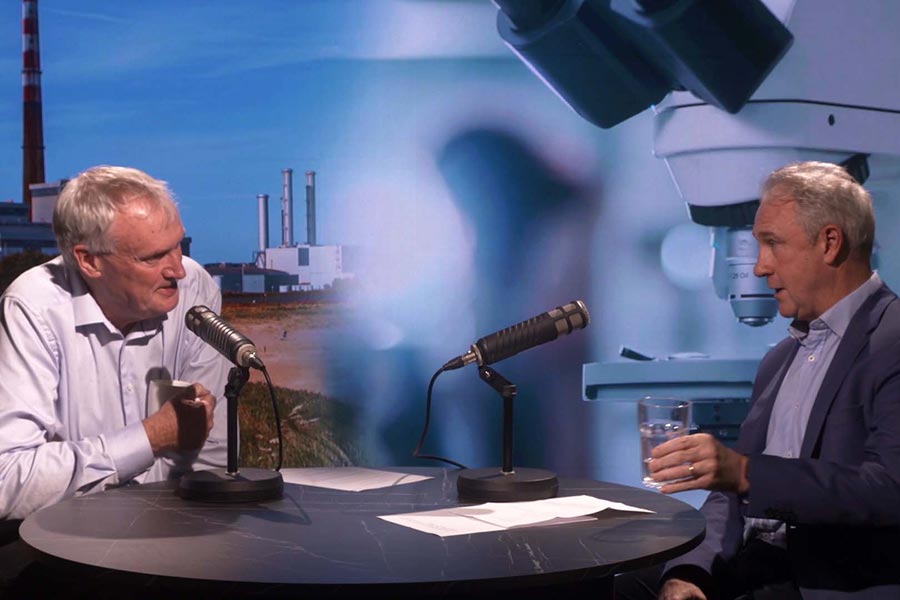Albert Einstein famously said that “most assumptions are wrong” and that’s certainly true in the media landscape, writes Chris Cashen.
It’s common to assume that everyone’s media diets are similar to our own.
For example, people who listen to a lot of podcasts often think everyone else does too.
It’s why agencies regularly end up crafting campaigns tailored around their own marketing directors’ interests.
And with all the negative talk around the future of legacy media, it would be easy to assume TV was dead, nobody listened to radio and that print was a relic of a time gone by.
These assumptions can result in significant challenges when agencies are deciding where to spend their ad budgets.
Legacy media — print, television and radio — may be suffering from falling audiences, but that’s not the only useful metric.
They should assert their dominance by trumpeting their unmatched credibility.
Even if newer mediums have the gloss attached, they often lack the trust and authority that traditional platforms command.
Signalling: Media’s X-Factor research, published recently by TV Audience Measurement Ireland (TAM Ireland) backs up this thinking.
It suggested that the focus on assessing media quality has usually centred on physical measures: dwell time, viewability and, more recently, attention.
However, according to the study, carried out in conjunction with Red C, how we think about media types significantly affects our perceptions of what is being communicated.
The principle of media signalling suggests that a medium’s perceived cost and scale can enhance brand attributes in the consumer’s eyes.
Integral to this are two different categories of signals when consumers were asked to evaluate brands: fitness and social.
Fitness signals reflect a brand’s perceived quality, financial strength and confidence in its products.
When an advertiser spends significantly on ads, it indicates financial viability and confidence in its offering.
Social signals relate to a brand’s credibility, likeability and reliability.
Participants’ perception scores for ‘fitness’ signals significantly increased when it was disclosed that the ad campaign would air on TV.
Fifty per cent of respondents viewed brand advertising on TV as financially strong, while cinema came in second at 34%.
Brands on social media scored lower, with only 26% considered ‘high quality’, compared to 29% for videosharing sites.
The mere proximity effect shows that a brand’s appeal is moulded by its advertising environment.
When brands appear alongside highstatus companies, they seem more appealing.
Although TV requires a more considerable upfront investment, it reduces the risk of being associated with lower-quality products, enhancing its effectiveness.
Legacy media advertising helps brands’ believability, reliability and likeability.
Almost one in three individuals find brands that advertise on TV believable, slightly ahead of radio and newspapers, both on 27%.
In contrast, social media and influencers ranked lowest in believability, at 23% each. There is a strong link between advertising mediums and consumer perceptions.
TV is accepted as the most expensive, improving quality perceptions when spending meets or exceeds industry standards.
The TAM Ireland study is one of the few Irish-focused research studies that has helped us understand and quantify those effects.
We now have data on how these signals differ between mediums and how planners can use them to achieve the optimum impact for their brands.
For years, we have seen the ability to tailor messaging to be most relevant for a consumer based on what data tells us.
But we have forgotten that there is significant social proof in having a broadcast message identical to everyone.
Media that has a broad reach creates a shared viewing experience that fosters common knowledge and cultural cohesion.
In contrast, hypertargeting on newer media often leaves individuals unaware of what others are seeing, leaving the power that social proof has on the sidelines.
The research shows that adults and those aged 15-34 find public media more impactful, with TV scoring highest among younger viewers.

Podcasts also demonstrate strong effectiveness.
Overall, Irish young people view publicly shared media as more potent than targeted, one-to-one channels, defying the consensus built up by the advertising community for many years.
Ultimately, this isn’t a zero-sum game.
The media shift isn’t about choosing sides, it’s about creating symbiosis between them.
So, let’s abandon the mantra that legacy media is dead. And long live digital platforms. It turns out they both need each other to survive.











